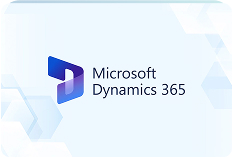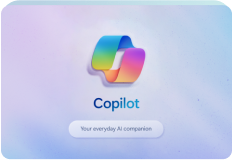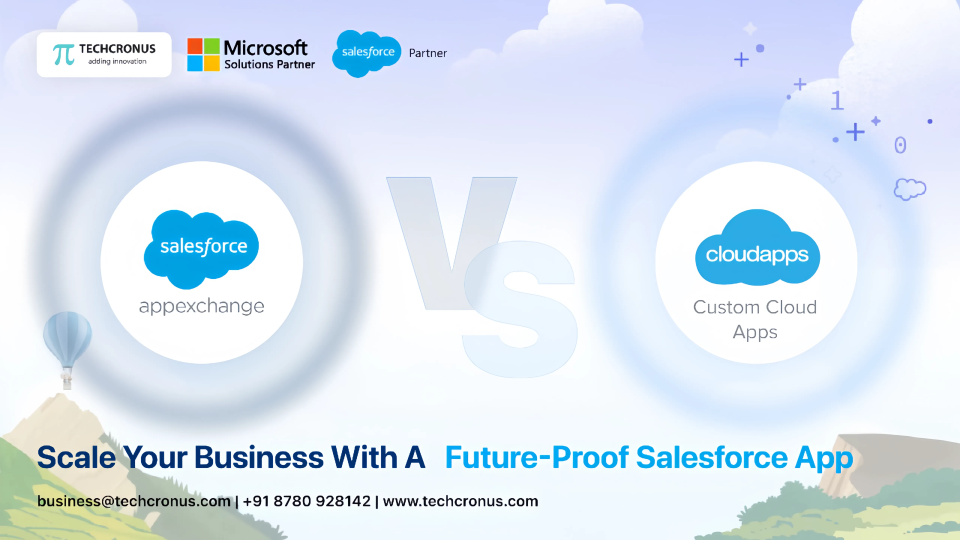Table of Contents
Organizations today are greatly dependent on business intelligence tools such as Power BI to gain insights through analysis, visualization, and sharing of data. As this reliance increases, the necessity to adopt a robust governance model, which keeps the data secure, compliant and fits, increases too. Best practices of Power BI governance are critical towards ensuring data security whilst enhancing team-based decision-making. This article discusses the Power BI security model and the governing strategies that are critical to the Power BI security best practices that every organization needs to adopt to ensure that Power BI data protection remains healthy.
Understanding Power BI Governance
Power BI governance refers to processes, roles, policies, standards and metrics that are utilized in order to guarantee the efficient and secure use of Power BI within an organization. It covers all the way to user roles, access management, content publishing, data sharing, and compliance monitoring.
Weakly managed companies risk information leakage, unreliable reports, unapproved accesses, and failure to comply with rules. These risks may be mitigated by following the best practices of Power BI governance, ensuring quality and reliable analytics.
The Power BI Security Model: An Overview
The center of Power BI data protection is its integrated security architecture. The Power BI security model is hierarchical, and it provides the following levels of security:
- Tenant Level Security: Administration is performed in the Microsoft 365 admin center, where admins manage organisation-wide settings, user licenses, and access controls.
- Workspace Level Security: Provides role-based access and management (Admin, Member, Contributor, and Viewer) to shared workspace content to control access to and management of content.
- Dataset and Report Level Security: Implements the Row-Level Security (RLS) settings that limit access to data according to the user identity.
- Data Source Security: Authentication and connection encryption between Power BI data sources.
- Service and Content Security: Imposes encryption of resting and transferred data, as well as their usage tracing and monitoring.
It is possible to harmonise governance with this security model so that organizations can implement Power BI security best practices successfully.
Key Power BI Governance Best Practices
Organizations must adopt the following governance strategies in order to guarantee high levels of Power BI data protection: Form a governance team consisting of IT admins, data stewards, business users and compliance officers. Assign duties regarding:
1. Establish Roles and Responsibilities
Establish a governance team consisting of IT admins, data stewards, business users and compliance officers. delegate duties in:
Auditing of access to data
- Workspaces management
- Content approval and review
- Establishing policies and standards
This avoids cases of overlaps and problems of accountability and provides streamlined governance.
2. Implement Row-Level Security (RLS)
Row-Level Security (RLS) restricts the access to data in the reports based on the roles. This will ensure that the user sees only the data which is relevant to them, which enhances privacy and regulatory conformity.
- The best practices are:
- DAX filtering of dataset creation
- View as Role testing RLS rules
- Role documentation
RLS plays an essential role in following Power BI security best practices when working with sensitive data, such as financial data or customer data.
3. Establish Workspace Governance
Establish a system of workspace creation and management:
- Limit the creation of workspaces to authorized users
- Come up with naming conventions to identify simply
- Independent development, test and production systems
Workspaces also ought to be periodically audited for idle or unnecessary content.
4. Monitor and Audit Activities
Leverage Power BI activity logs and Microsoft 365 compliance center to monitor:
- Report sharing
- User logins and data access
- Dataset refresh failures
Configuring alerts on suspicious activity is also a good idea to detect a threat in time and guarantee the Power BI data protection continuously.
5. Control External Sharing
When data is shared externally, it can fall into the wrong hands when proper controls are not put in place. The measures to be taken at the governance level should entail:
- Restricting report sharing to specific domains
- Disabling public web sharing if not required
- Training of users on secure sharing
One of the easiest Power BI governance best practices to ignore is external sharing controls, but it is also one of the most important in regard to compliance and data security.
Power BI Security Best Practices for Data Protection
The following are actionable Power BI security best practices that align with Microsoft’s security recommendations and the platform’s security model:
1. Use Azure Active Directory for Identity Management
Azure AD can use Single Sign-On (SSO), multi-factor authentication, and conditional access policies. It is a centralized control of user access to all Microsoft services, where Power BI is also included.
2. Enable Data Loss Prevention (DLP) Policies
DLP policies can help prevent the sending of sensitive information (credit card information or health information) accidentally. Link Microsoft Purview to tag and protect sensitive data in the Power BI space.
3. Enforce Encryption
Power BI uses encryption of data at rest and in transit. Make sure:
- TLS is enforced for data connections
- End-to-end encryption is enabled where applicable
- Strict control of access to encryption keys
This provides the highest level of Power BI data security, particularly in cloud-based systems.
4. Apply Sensitivity Labels
Using Microsoft Information Protection (MIP), apply sensitivity labels to reports, dashboards, and datasets. These labels control:
- Who can view or share the content
- Whether content can be downloaded
- Where content can be accessed
It can especially be applied in industries with very strict guidelines, like health and finance.
5. Regularly Review Permissions
Power BI workspaces, reports, and dashboards can end up with unused permissions. Put regular reviews in:
- Revoke outdated permissions
- Update user roles
- Ensure compliance with organizational standards
Building a Governance Framework for Scale
As your organization’s Power BI usage grows, scalability becomes essential. Here are the steps to build a sustainable governance framework:
1. Create a Governance Policy Document
Put all governance polices, roles, procedures, and standards in writing. It should be readily available and must be changed with time as tools and company requirements change.
2. Train Users on Governance and Security
Conduct training sessions to educate business users, developers, and administrators on:
- Secure sharing practices
- RLS implementation
- Compliance standards
Education is also a relevant component of good practices in Power BI governance and provides uniformity across groups.
3. Automate with Power BI Admin APIs
Use Admin APIs to automate governance tasks such as:
- Fetching audit logs
- Managing workspace inventories
- Checking report usage patterns
This reduces manual workload and enhances consistency in Power BI data protection enforcement.
The Business Benefits of Strong Power BI Governance
Introducing effective governance not only secures the data but also yields the following benefits:
- Improved Data Quality: Clean and accurate data is guaranteed due to standardization of processes.
- Better Collaboration: Bouncing boundaries and access privileges enhance group work.
- Enhanced Compliance: Good governance will assist in achieving the data protection requirements, such as GDPR, HIPAA, and SOC 2.
- Reduced Risk: The early detection of anomalies and safe sharing reduces the possibility of a data breach.
And last but definitely not least, hire a Power BI developer who can assist you with Power BI governance best practices to make your analytics ecosystem high-performance and secure.






















